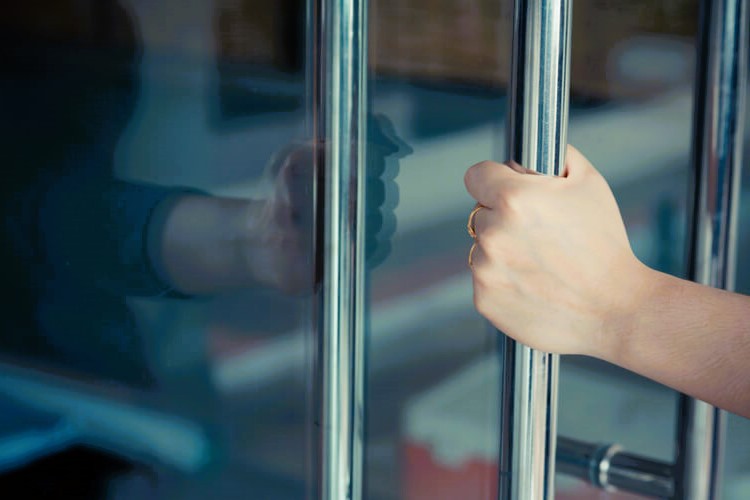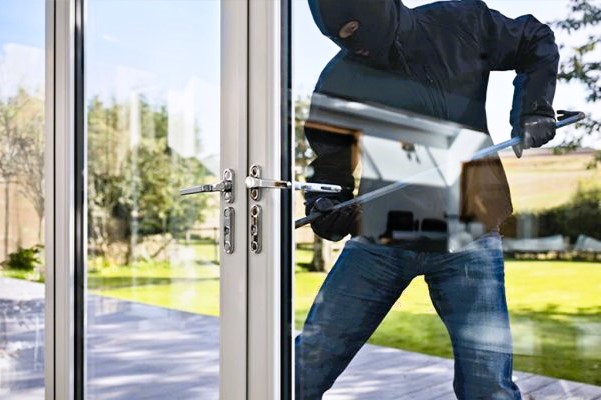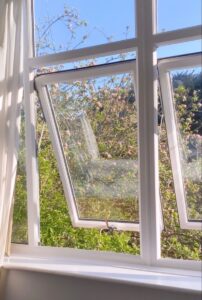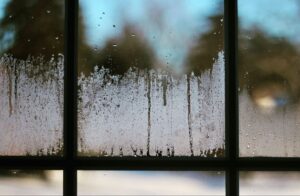Glass is a ubiquitous material in our homes, providing transparency, natural light, and a sense of openness to our living spaces. However, glass can pose safety risks if not handled or maintained properly. In this article, we will explore the importance of glass safety at home, the potential hazards associated with glass, and practical steps to ensure protection for you and your loved ones.
The Role of Glass in Home Design
Glass has been an integral part of architectural design for centuries. It allows us to connect with the outdoors, create spacious and well-lit interiors, and add aesthetic value to our homes. Common uses of glass in home design include:
- Windows: Glass windows provide natural light and ventilation while offering views of the surrounding environment.
- Doors: Glass doors, such as sliding or French doors, are popular for connecting indoor and outdoor spaces.
- Shower Enclosures: Glass shower enclosures create a sleek and modern look in bathrooms.
- Glass Railings: Glass railings on staircases and balconies provide safety without obstructing views.
- Glass Furniture: Glass tables, shelves, and cabinets contribute to a sense of openness in interior spaces.

Potential Hazards Associated with Glass
While glass enhances our living spaces, it can also pose risks if not handled or maintained correctly:
- Breakage: Glass can break due to accidents, impacts, or temperature fluctuations. Broken glass can cause injuries, especially if it shatters into sharp shards.
- Slip and Fall Accidents: Glass surfaces, such as tabletops or floors, can become slippery when wet, leading to slip and fall accidents.
- Safety Glazing: Some areas of the home, like doors and windows near ground level, must have safety glazing to prevent injuries in case of breakage.
- Decorative Glass: Decorative glass panels or mirrors can pose hazards, especially if they are not securely mounted or if they have sharp edges.
- Child Safety: Glass low to the ground can be a hazard for young children, especially if they run into it or try to climb on it.
Ensuring Glass Safety at Home
Here are some practical steps you can take to ensure glass safety at home:
- Choose Safety Glass: When installing or replacing glass in areas prone to breakage, such as doors or windows near ground level, opt for safety glass. Safety glass includes tempered glass, laminated glass, and wired glass, which are designed to minimize injury in case of breakage.
- Secure Glass Furniture: Ensure that glass tables, shelves, and cabinets are securely anchored to prevent accidental tipping. Choose tempered glass for tabletops to reduce the risk of breakage.
- Use Non-Slip Mats: In areas with glass floors or tiles, use non-slip mats to prevent slip and fall accidents. This is particularly important in bathrooms and kitchens.
- Childproofing: If you have young children, childproof your home by placing safety film on low windows and glass doors to prevent accidental collision. Install childproof locks on cabinets with glass doors.
- Regular Maintenance: Inspect glass windows and doors regularly for signs of damage or wear. Replace damaged glass promptly to maintain safety. Read our article about Introduction to the world of glass: the basics of production and its importance.
- Proper Handling: When moving or transporting glass, handle it with care and use appropriate safety equipment such as gloves and safety glasses.
Glass and Energy Efficiency

In addition to safety considerations, glass also plays a role in the energy efficiency of your home. Energy-efficient windows, often equipped with double or triple glazing, low-emissivity coatings, and gas fills, help maintain comfortable indoor temperatures, reduce energy consumption, and lower utility bills. These windows are designed to provide thermal insulation while still allowing natural light to enter your home.
Standards and Regulations
Standards and regulations play a significant role in ensuring glass safety in residential construction. Organizations like the International Code Council (ICC) and the National Glass Association (NGA) provide guidelines for the use of safety glass in various applications. Complying with these standards helps protect homeowners and ensures that glass products meet safety and performance criteria.
For more information on glass safety and standards, you can visit Wikipedia. These sources offer valuable insights into the technical aspects and industry standards associated with glass safety in residential settings.




